30 Flavorful Chinese Condiments Every Kitchen Needs
Chinese condiments are culinary treasures that transform ordinary meals into extraordinary experiences, adding layers of depth and complexity to every bite.
These vibrant flavor enhancers represent centuries of gastronomic innovation and cultural tradition.
Sophisticated palates recognize the magical potential hidden within these potent ingredients that elevate simple dishes from mundane to magnificent.
Regional variations contribute unique characteristics, reflecting local agricultural practices and generational cooking techniques.
Passionate home cooks and professional chefs alike understand the power of strategic condiment selection in creating memorable dining moments.
Each ingredient carries its own narrative, connecting modern kitchens with ancient culinary wisdom.
The nuanced world of Chinese condiments invites passionate food lovers to expand their sensory horizons and experiment with bold, unexpected flavor combinations.
Prepare to unlock 20 essential Chinese condiments that will revolutionize your cooking:
Which Chinese Condiment Types Elevate Every Meal?
Chinese condiments, soy sauce, chili oil, black bean paste, and more, bring bold, complex flavors to the table. Explore essential types that turn ordinary dishes into memorable feasts.
Light Soy Sauce (Sheng Chou)
Light soy sauce electrifies Chinese cuisine with its thin, salty profile and essential seasoning power.
Originating from traditional Chinese cooking techniques, this liquid condiment brings intense umami flavor to numerous dishes without overwhelming other ingredients.
Stir-fries, steamed preparations, and marinades benefit from its distinctive taste and light amber color.
Chefs prefer this sauce for its ability to enhance meat, vegetable, and seafood recipes quickly and effectively.
Unlike dark soy sauce, light soy sauce provides a sharper, more pronounced saltiness that adds depth to every bite.
Its thin consistency allows quick absorption into ingredients during cooking.
Multiple regional variations exist, each offering subtle flavor nuances that reflect local culinary traditions.
Black Bean Sauce (Dou Chi Jiang)
Black bean sauce transforms ordinary dishes with its intense umami flavor, originating from fermented and salted black soybeans in Chinese cuisine.
Mashed beans combine with garlic, ginger, sugar, and soy sauce to create a thick, savory condiment.
Korean-Chinese restaurants frequently use this sauce in popular dishes like jjajangmyeon and mapo tofu.
Restaurant chefs rely on black bean sauce to add complex depth to meat and vegetable preparations.
Fermentation gives the sauce its signature robust character and deep brown color.
Chinese regions have unique variations that showcase subtle differences in sauce preparation and ingredient ratios.
Chili Bean Paste (Dou Ban Jiang)
Doubanjiang is a fiery, umami-rich fermented bean paste from Sichuan province that transforms ordinary dishes into extraordinary culinary experiences.
Crafted from broad beans, salt, chilis, and sometimes wheat flour, this deep red sauce matures in clay pots for one to eight years through meticulous daily stirring.
Fermentation intensifies its spicy and salty profile, creating a complex flavor that distinguishes Sichuan cuisine.
Artisan producers carefully monitor the paste's development, allowing it to darken from bright red to a rich reddish-brown over time.
Unlike other Asian bean pastes, authentic doubanjiang comes exclusively from Sichuan's traditional methods.
Mapo doufu and twice-cooked pork showcase this ingredient's remarkable depth and complexity.
Restaurants and home cooks treasure this sauce as an essential flavor enhancer in numerous Chinese dishes.
Soy Sauce (Jiang You)
Soy sauce represents an ancient Chinese condiment with a 2,500-year history of transforming dishes through its complex, umami-rich flavor profile.
Fermented from soybeans, salt, and enzymes, this dark liquid originated between the 3rd and 5th centuries as jiang, a preserved food seasoning.
Chinese culinary experts developed the sauce by carefully blending soybeans and wheat, creating a deeply savory ingredient that quickly spread across East Asia.
Artisan methods produced a nuanced sauce with layers of depth impossible in modern mass production.
Japanese cuisine embraced soy sauce, integrating it as a fundamental seasoning in numerous dishes.
Different brewing techniques continue to influence soy sauce's complex flavor profile worldwide.
Dark Soy Sauce (Lao Chou)
Dark soy sauce reigns supreme as a deeply flavored Chinese condiment with unparalleled complexity and depth.
Fermented soybeans transform into a thick, almost black liquid that carries a slightly sweet undertone from added molasses or caramel.
Craftsmen create this sauce through a prolonged fermentation process that intensifies its rich character.
Cornstarch sometimes joins the mixture, contributing to its slightly viscous texture.
Compared to light soy sauce, dark soy sauce offers less saltiness and more profound umami notes.
Its robust flavor profile makes it essential in many traditional recipes.
Chefs prize dark soy sauce for its ability to add color and deep, nuanced taste to numerous culinary preparations.
Fermented Black Soybeans (Douchi)
Douchi are fermented black soybeans that deliver an intense umami punch in Chinese cuisine through their powerful saltiness and complex flavor profile.
Chinese cooks transform these tiny beans by heavily salting and fermenting them to create a robust seasoning with remarkable depth.
Originating in traditional cooking methods, douchi add a distinctive salty-sweet essence that enhances stir-fries, rice dishes, and sauces.
Their taste combines elements similar to soy and fish sauce, creating a unique flavor foundation for many classic Chinese recipes.
Rarely consumed alone, these black beans serve as a critical condiment that elevates multiple dishes with their pungent characteristics.
Fermentation develops subtle sweet undertones that balance their initial saltiness.
Cooks carefully incorporate douchi to provide intense seasoning and depth to their culinary creations.
Sweet Bean Sauce (Tian Mian Jiang)
Sweet bean sauce represents a quintessential Chinese condiment crafted from ground yellow beans simmered with sugar and oil until caramelized.
Originating in Beijing's culinary landscape, this thick sauce boasts a deep reddish-brown or black color with an intensely rich flavor profile.
Peking duck relies on this sauce as a critical ingredient, transforming ordinary dishes into extraordinary culinary experiences.
Restaurants and home cooks use it as a versatile base for stir-fries, noodle dishes, and meat preparations.
Asian supermarkets commonly stock this sauce, which adds complex sweetness and depth to traditional recipes.
Its smooth texture and balanced sweetness make it a staple in Chinese cooking.
The sauce's unique combination of fermented beans and sugar creates a distinctive taste that elevates simple ingredients.
Chefs value tianmianjiang for its ability to enhance multiple savory and sweet dishes with minimal effort.
Fermented Bean Curd (Furu)
Furu is a potent fermented soybean condiment that transforms ordinary tofu into an intensely flavored, umami-rich ingredient through a complex aging process.
Chinese culinary traditions create this unique product by carefully soaking and grinding soybeans into milk, then curdling and pressing the milk into tofu blocks.
Skilled artisans inoculate these semi-dry blocks with specific mold cultures like Actinomucor elegans, which kickstart a nuanced fermentation process lasting days or months.
Salt, rice wine, and additional seasonings immerse the tofu, developing deep, complex flavor profiles ranging from mild and creamy to sharply pungent.
Fermentation breaks down proteins, creating a spreadable texture with concentrated taste characteristics.
Refrigeration helps preserve the condiment, extending its shelf life and maintaining its distinctive taste.
Zha Cai
Zha cai represents a spicy pickled mustard stem specialty from Sichuan province that delivers intense umami flavor through complex fermentation techniques.
Chili-rubbed stems undergo traditional salt pressing to remove excess moisture before aging in large earthenware vessels.
Sichuan artisans carefully craft these pickles with a signature blend of spicy and salty seasonings.
Fermentation transforms the vegetable into a crisp, firm condiment with multiple culinary applications.
Cooks frequently use zha cai in stir-fries, soups, and as a standalone side dish.
Its unique flavor profile combines sweet, spicy, and salty notes that enhance many Chinese dishes.
Regional preparation methods have preserved this technique for generations.
Zha cai provides a powerful taste experience that elevates simple meals with its complex seasoning.
Black Rice Vinegar (Zhenjiang Xiang Cu)
Zhenjiang xiang cu represents a premium Chinese rice vinegar distinguished by its complex fermentation method and deep cultural significance in southeastern China.
Craftsmen carefully select six precise ingredients including sticky rice, wheat bran, rice husk, daqu, frying rice, and mineral-rich water to create this exceptional condiment.
Brewing occurs through a meticulous traditional process that transforms simple ingredients into a richly flavored vinegar with two distinct varieties.
Fragrant Vinegar matures for over six months, while Mature Vinegar develops for more than a year.
Mineral content and specific fermentation techniques contribute to its unique taste profile.
Regional expertise passed through generations ensures consistent quality and flavor depth.
Production methods remain closely guarded secrets within Zhenjiang's vinegar-making communities.
Each batch reflects generations of refined culinary knowledge and precise agricultural techniques.
Chinese Hot Mustard (Jie Mo)
Chinese hot mustard erupts with intense, searing heat from ground brown mustard seeds mixed with water or vinegar.
Mustard's spiciness intensifies when cold water gets added, creating a fiery condiment that instantly clears sinuses and awakens taste buds.
Restaurant tables across China feature this potent sauce as a standard accompaniment to dumplings, spring rolls, and various appetizers.
Restaurants and home cooks carefully balance water and vinegar ratios to control the mustard's pungency.
Commercial versions now package the powder for convenient home use.
Spice lovers appreciate its quick-burning sensation that differs from other condiment heat levels.
Chinese cuisine values this mustard as a simple yet powerful flavor enhancer that transforms basic dishes into memorable experiences.
Chinese Sesame Paste (Zhi Ma Jiang)
Zhi ma jiang represents a rich, nutty sesame paste fundamental to Chinese cuisine, crafted from deeply toasted, unhulled sesame seeds that deliver a more intense flavor profile than Middle Eastern tahini.
Northern and Sichuan regional kitchens frequently incorporate this dark, aromatic condiment into multiple savory preparations.
Traditional Chinese cooking techniques transform the paste into smooth, complex sauces for noodles, cold appetizers, and meat dishes.
Sesame seeds undergo careful roasting before grinding, which concentrates their natural oils and deepens their earthy essence.
Skilled cooks blend the paste with ingredients like soy sauce, vinegar, and chili oil to create multilayered flavor combinations.
Darker and more robust than its Middle Eastern counterpart, this paste exemplifies the nuanced techniques of Chinese culinary traditions.
Preserved Mustard Stem (Ya Cai)
Yacai is a fermented Sichuan ingredient renowned for its complex umami flavor and distinctive preservation technique.
Salt-packed mustard stems transform into a savory condiment through a meticulous 3-6 month fermentation process in sealed containers.
Farmers harvest the stems during the 9th lunar month, carefully discarding mustard leaves and slicing remaining parts into thin strips.
Dried strips receive a generous salt coating before undergoing controlled fermentation.
Skilled producers select only upper mustard plant stems for optimal taste and texture.
Sichuan cuisine frequently incorporates yacai as a flavor-enhancing ingredient in various dishes.
Regional techniques pass down through generations, maintaining authentic preservation practices.
Pickled Peppers (Pao Jiao)
Paojiao are spicy pickled chili peppers that originated in Sichuan, China, delivering intense heat and complex flavor profiles through traditional salt-water brining techniques.
Sichuan cuisine prominently features these peppers, transforming ordinary dishes with their fiery punch and tangy undertones.
Farmers carefully select fresh chili peppers, typically red or green varieties, before submerging them in saltwater solutions that enhance their natural zestiness.
Salt concentration and fermentation time determine the peppers' final taste and spiciness level.
Restaurants and home cooks use paojiao as a condiment, garnish, or core ingredient in stir-fries, stews, and dipping sauces.
Chinese culinary traditions value these peppers for their ability to add depth and complexity to multiple dishes.
Preservation methods ensure paojiao can be enjoyed year-round, extending the seasonal pepper harvest.
Preserved Mustard Greens (Sui Mi Ya Cai)
Sui mi ya cai showcases Sichuan's ingenious vegetable preservation technique, transforming mustard greens into a complex condiment through meticulous fermentation.
Finely chopped greens undergo careful sun-drying and salting, developing an intense umami flavor that elevates multiple regional dishes.
Salt and fermentation create a tangy, slightly spicy profile that adds depth to traditional Chinese cuisine.
Sichuan farmers developed this preservation method to extend vegetable storage during lean seasons.
Careful processing ensures each batch retains robust flavor and nutritional value.
Fermentation typically takes several weeks, allowing natural bacteria to enhance the greens' taste profile.
Regional cuisine frequently uses sui mi ya cai as a flavor-packed seasoning in stir-fries, rice dishes, and noodle preparations.
Sichuan chefs prize this ingredient for its ability to introduce complex, savory notes to numerous recipes.
Chai Poh
Chai poh, a preserved radish staple in Chinese and Southeast Asian cooking, transforms ordinary dishes with its intense umami-rich flavor through careful salting and fermentation of daikon radish.
Culinary experts create two primary varieties: sweet and salty preserved radish with distinctive taste profiles.
Sunlight plays a crucial role in drying the salted radish before preservation in sugar and salt mixtures.
Rinsing removes excess salt, preparing chai poh for cooking applications.
Traditional methods involve meticulous preparation steps that enhance the radish's natural characteristics.
Southeast Asian kitchens frequently use chai poh as a flavor-boosting condiment.
Small pieces can elevate stir-fries, omelets, and rice dishes with their complex taste.
Preservation techniques ensure chai poh remains a versatile ingredient with concentrated savory notes.
Chinese Red Vinegar (Da Hong Zhe Cu)
Chinese red vinegar emerges as a distinctive condiment with a subtle sweet-tart flavor that transforms Asian culinary experiences through its complex fermentation process.
Crafted from fermented red rice and occasionally blended with sorghum or barley, this vinegar boasts a rich reddish-brown color that signals its unique character.
Chefs prize it for enhancing dipping sauces, marinades, and complex flavor profiles across Chinese cuisine.
Its nuanced acidity provides remarkable depth to dumpling accompaniments and meat preparations.
Traditional production methods involve carefully controlled fermentation that develops its signature taste.
Gourmet restaurants frequently incorporate this vinegar as a signature ingredient in sophisticated recipes.
Maltose Syrup (Mai Ya Tang)
Mai ya tang maltose syrup embodies a traditional Chinese sweetener extracted from fermented grains like rice, wheat, corn, and barley through an ancient processing method dating back to the Shang dynasty.
Renowned for its distinctive thick, sticky consistency, this natural sweetener transforms when heated into a more manageable liquid.
Maltose syrup plays a crucial role in Chinese culinary traditions, serving as a key ingredient in numerous food preparations.
Manufacturers widely use it for creating glazes, particularly the signature red sheen on char siu pork.
Food processors incorporate the syrup into dairy products, soy sauce, bean pastes, juices, candy, and beer production.
Its viscous nature differs significantly from traditional liquid syrups, making it unique among sweeteners.
Despite its name suggesting a thin consistency, maltose syrup maintains a dense, stiff texture.
Red Glutinous Wine Lees (Hong Zao)
Red glutinous wine lees are a vibrant, fermented Chinese ingredient crafted from rice wine production, offering a deep red color and complex flavor profile that transforms ordinary dishes into extraordinary culinary experiences.
Originating in the Jiangnan region of China, including Jiangsu and Zhejiang provinces, this unique by-product contains rice grains, yeast, and diverse microorganisms that create a tangy, sweet essence.
Traditional Chinese cuisine embraces these wine lees as a powerful seasoning, using them to marinate meats and enhance soups with their distinctive alcoholic undertones.
Chefs carefully incorporate this ingredient to add depth and richness to various regional recipes.
Fermentation processes give the lees their signature intense red hue and complex taste characteristics.
Microorganisms within the lees contribute to its robust flavor complexity.
Wine lees represent a treasured culinary technique passed through generations of Chinese cooking traditions.
Yellow Bean Sauce (Hugan Jiang)
Hugan jiang sauce originates from traditional Chinese fermentation techniques that transform soybean byproducts into a rich, umami-packed condiment.
Fermented soybean leftovers from soy sauce production form the sauce's core ingredient, combined with salt, flour, and water or sugar.
Salt plays a crucial role in preserving and enhancing the sauce's complex taste.
Manufacturers carefully blend ingredients to develop deep, savory notes that complement many Chinese dishes.
Soy sauce sometimes serves as an additional flavor enhancer in the fermentation process.
Texture ranges from smooth to slightly chunky, depending on preparation methods.
Chinese culinary traditions value this versatile sauce as a fundamental seasoning in regional cooking.
Who Are the Best Chinese Condiment Producers?
The best Chinese condiments come from producers who combine tradition with modern standards. Meet the makers behind the jars and bottles found in kitchens worldwide.
Lee Kum Kee
Lee Kum Kee sauces represent an iconic Chinese culinary legacy rooted in traditional recipe mastery and global food innovation.
Founded in 1888 in Guangdong, China, this renowned manufacturer has revolutionized Asian cooking worldwide through premium soy and oyster sauces.
Generations of home cooks and professional kitchens rely on their consistent, authentic flavor profiles that enhance numerous dishes.
Signature products like oyster sauce have become international staples across diverse cuisines.
Modern production techniques ensure quality and taste remain true to original family recipes.
Global expansion has allowed Lee Kum Kee to introduce an extensive range of seasonings, marinades, and cooking sauces.
International consumers appreciate their commitment to maintaining traditional cooking methods.
Strategic product development continues to connect authentic Chinese culinary traditions with contemporary global food preferences.
Desly Foods
Desly Foods represents a premier Chinese canned food manufacturer established in 1996 with robust international export capabilities.
Their extensive product portfolio spans multiple categories including vegetables, fruits, and convenient ready-to-eat meals.
Advanced processing facilities enable precise manufacturing through cutting-edge technological systems.
Global market penetration reflects the company's commitment to consistent quality standards.
Strategic production focuses on maintaining rigorous food safety protocols.
Sophisticated equipment ensures product uniformity and efficient processing.
Export markets recognize Desly's reputation for dependable food products.
Manufacturing innovation drives their continued growth and competitive market positioning.
Pearl River Bridge
Pearl River Bridge dominates Chinese condiment production with its premium soy sauces and specialty ingredients that transform global cooking experiences.
Founded in 1958, this renowned manufacturer has become a benchmark in traditional seasoning techniques.
International and domestic markets eagerly embrace its authentic flavor profiles.
Brewing premium ingredients remains the companys core expertise and differentiator.
Signature products include classic soy sauces, oyster sauces, and complex vinegars that elevate diverse recipes.
Professional kitchens and home cooks consistently choose these high-quality seasonings.
Their rigorous quality control ensures consistent taste and texture across product lines.
Innovative manufacturing processes continue to distinguish Pearl River Bridge in the competitive condiment marketplace.
Best Chinese Condiments for Cooking and Dipping
Chinese condiments are pantry must-haves, perfect for seasoning, dipping, and finishing meals. Find out which ones no cook should be without, from classic to contemporary.
Lee Kum Kee Seasoned Rice Vinegar
Lee Kum Kee Seasoned Rice Vinegar delivers a zesty and subtly sweet punch that transforms ordinary dishes into extraordinary culinary experiences.
Originating from a renowned Asian sauce manufacturer, this versatile condiment enhances marinades, dressings, and sushi rice with its distinctive flavor profile.
Crafted by Lee Kum Kee (Europe) Ltd., the vinegar brings authentic Asian taste to home cooking.
The seasoned rice vinegar adds depth and complexity to salad dressings and Asian-inspired dishes.
Its mild sweetness complements seafood, vegetables, and rice preparations.
You can easily drizzle it over stir-fries or use it as a dipping sauce.
Imported from Asia, this premium vinegar provides a quick and easy way to introduce genuine flavor to your meals.
Desly Foods Youji Jiangyou
Desly Organic Soya Sauce elevates cooking with its pure, traditional brewing method that captures authentic soybean essence without artificial additives.
Certified organic, this premium sauce meets strict production standards for health-conscious consumers seeking natural ingredients.
High-quality organic soybeans form the foundation of its rich, savory profile that amplifies umami in diverse culinary preparations.
Versatile in application, the sauce transforms stir-fries, marinades, and other dishes with its deep, complex flavor.
Brewing techniques passed down through generations ensure exceptional taste and quality.
Consumers appreciate its clean, chemical-free composition that respects traditional food production methods.
Each bottle represents a commitment to natural, organic ingredients and superior taste.
Desly's commitment to excellence shines through in every drop of this exceptional soya sauce.
Pearl River Bridge Youji Jiangyou
Pearl River Bridge Organic Soy Sauce delivers pure, premium flavor through traditional fermentation methods using organic soybeans grown without synthetic chemicals or pesticides.
Meticulously crafted without artificial preservatives or genetically modified ingredients, this condiment provides a rich, authentic taste profile that elevates diverse culinary preparations.
Each bottle represents premium quality and natural brewing techniques passed down through generations of soy sauce makers.
Careful selection of organic soybeans ensures maximum nutritional value and depth of umami flavor.
Brewers use slow fermentation processes that develop complex taste characteristics rarely found in mass-produced alternatives.
Sophisticated palates will appreciate its smooth, balanced intensity across stir-fries, marinades, and sauces.
Versatile and natural, this soy sauce meets strict organic certification standards.
Consumers seeking healthier condiment options find exceptional quality in every drop.
Pearl River Bridge Shangdeng Shense Jiangyou
Pearl River Bridge Superior Dark Soy Sauce emerges as a culinary treasure crafted through generations of traditional brewing techniques.
Soybeans and wheat blend into a rich, deep-colored condiment that transforms ordinary dishes with its intense umami profile.
Brewing masters carefully select premium ingredients to create a sauce sweeter and more complex than standard soy varieties.
Asian cuisine particularly celebrates this sauce's unique flavor-boosting qualities.
Chinese recipes often rely on its robust character to elevate meat, vegetable, and noodle preparations.
Each bottle carries generations of flavor expertise from Pearl River Bridge's time-honored production methods.
Lee Kum Kee Sheng Chou Jiangyou
Lee Kum Kee Light Soy Sauce offers a premium, naturally brewed condiment with a distinctively lighter color and intense saltiness compared to traditional soy sauces.
Premium soybeans and wheat undergo careful fermentation to create its signature smooth, clean flavor profile.
Culinary experts prize this sauce for its ability to enhance dishes without darkening their appearance, making it perfect for delicate recipes like stir-fries, marinades, and salads.
Chinese and Asian kitchens rely on its authentic taste and consistent quality for seasoning.
Fermentation follows traditional methods that have been perfected over generations.
Wheat and soybeans are carefully selected to ensure maximum flavor intensity.
Versatility sets this sauce apart from other soy sauce varieties.
Professional and home cooks appreciate its exceptional flavor-boosting capabilities.
Lee Kum Kee Lee Kum Kee Sweet Soy Sauce
Lee Kum Kee Sweet Soy Sauce blends caramelized sweetness with traditional soy sauce's umami depth, creating a versatile Asian condiment.
Crafted by Lee Kum Kee, a premier sauce manufacturer with decades of expertise, this sauce transforms ordinary dishes with its unique flavor profile.
Stir-fries, marinades, and dressings benefit from its rich, complex taste that balances sweet and savory notes.
Its glossy texture adds depth to grilled proteins and vegetable preparations.
Drizzling the sauce over rice or using it as a dipping sauce introduces an instant flavor enhancement.
Authentic Chinese cuisine frequently incorporates this sauce to create layered taste experiences.
Manufacturing techniques ensure consistent quality and authentic flavor that complements multiple Asian culinary traditions.
Lee Kum Kee Lee Kum Kee Xo Sauce
Lee Kum Kee XO Sauce elevates Asian cuisine with its premium blend of dried scallops, shrimp, and chili peppers in a flavorful oil base.
Originating from Hong Kong, this gourmet condiment delivers an intense umami experience that transforms ordinary dishes into extraordinary culinary creations.
Seafood lovers prize its complex, slightly spicy profile that adds depth to stir-fries, seafood, meats, and noodle dishes.
Restaurants and home cooks treasure this luxurious sauce for its rich, savory characteristics.
Professional kitchens consider XO Sauce a hallmark of sophisticated Chinese cooking.
Its carefully selected ingredients create a multi-layered taste sensation that elevates any meal.
Named after fine cognac to suggest its high-end status, the sauce symbolizes culinary excellence.
Restaurant chefs prize this versatile condiment for its ability to enhance multiple dishes with just a small amount.
What Are the Best Condiments for Dipping Dumplings, Spring Rolls, or Scallion Pancakes?
Dumplings, spring rolls, and scallion pancakes are beloved Chinese appetizers that shine when paired with the right condiments. Here are some of the best dipping sauces to enhance their flavors:
Can You Substitute Western Sauces for Chinese Condiments in Recipes?
While traditional Chinese condiments offer authentic flavors, some Western sauces can be used as substitutes with thoughtful adjustments:

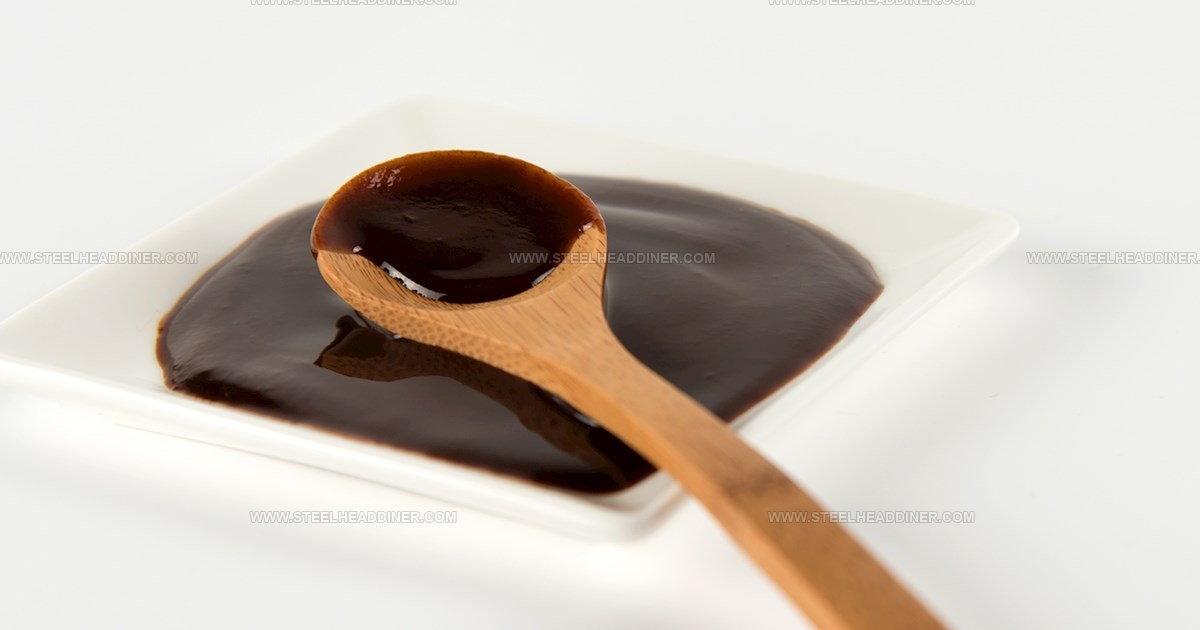
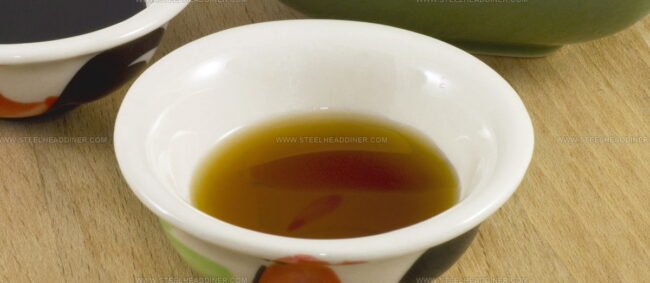
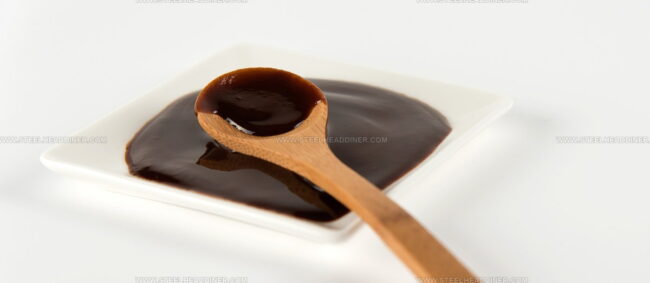
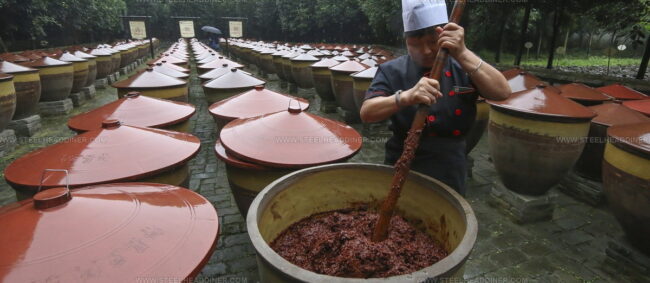

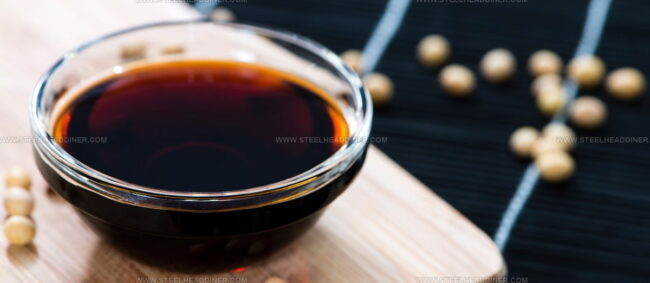
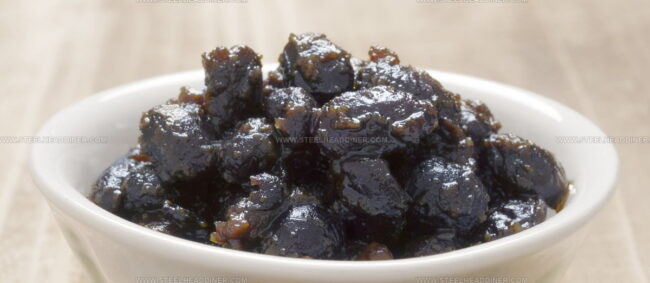
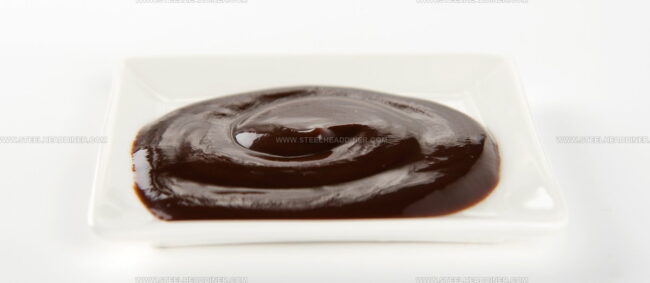
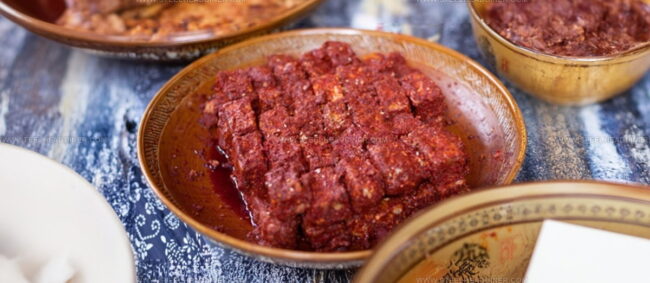
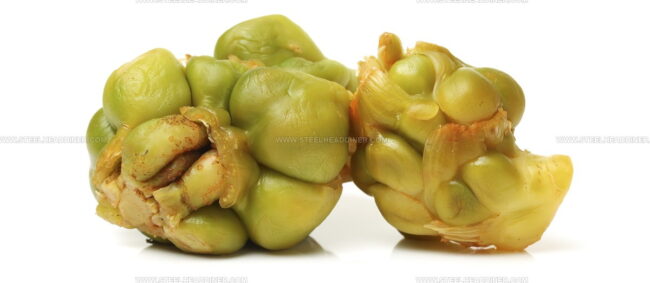
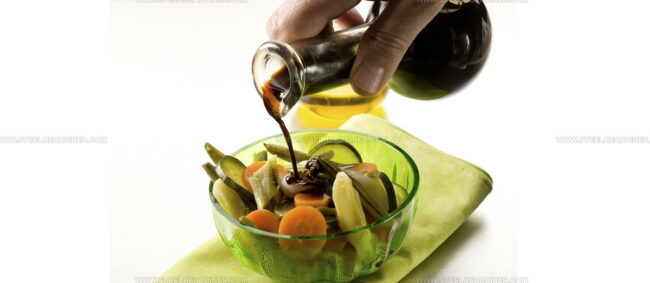

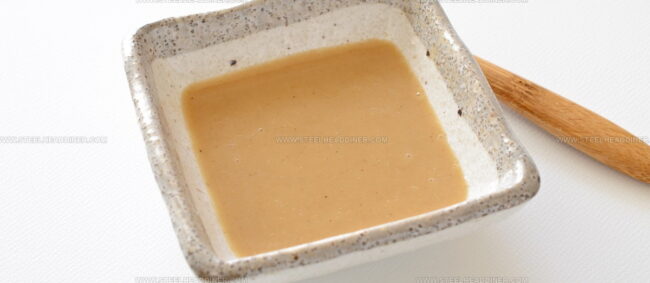
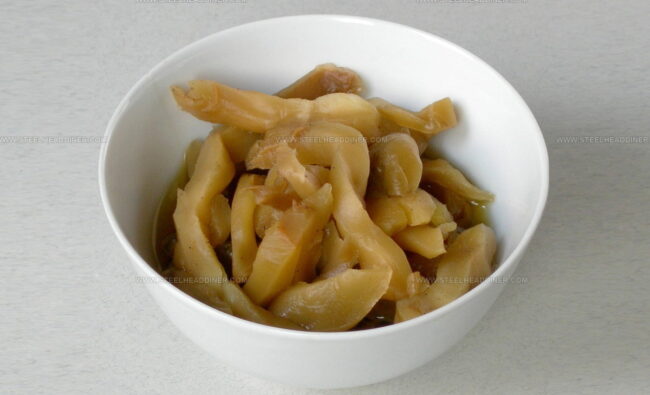
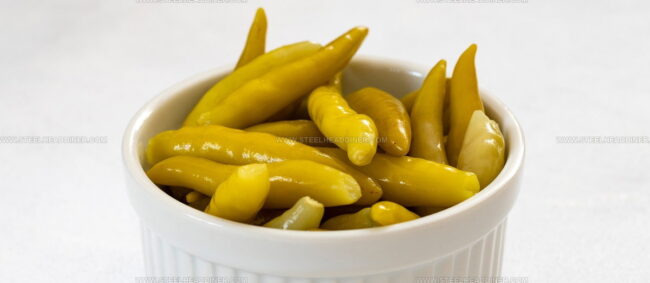
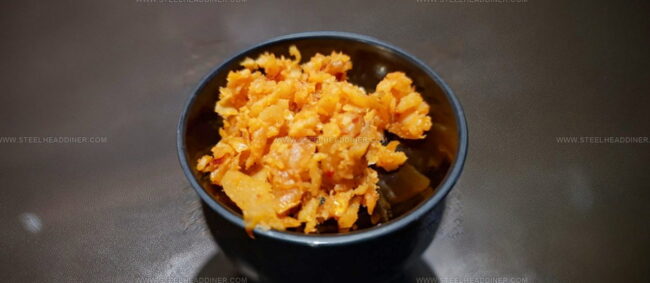
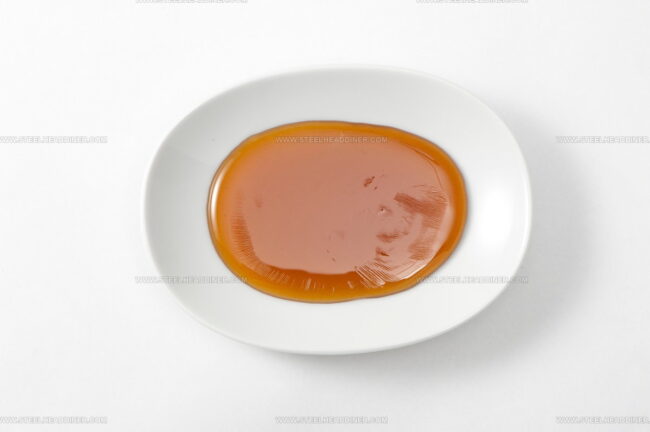
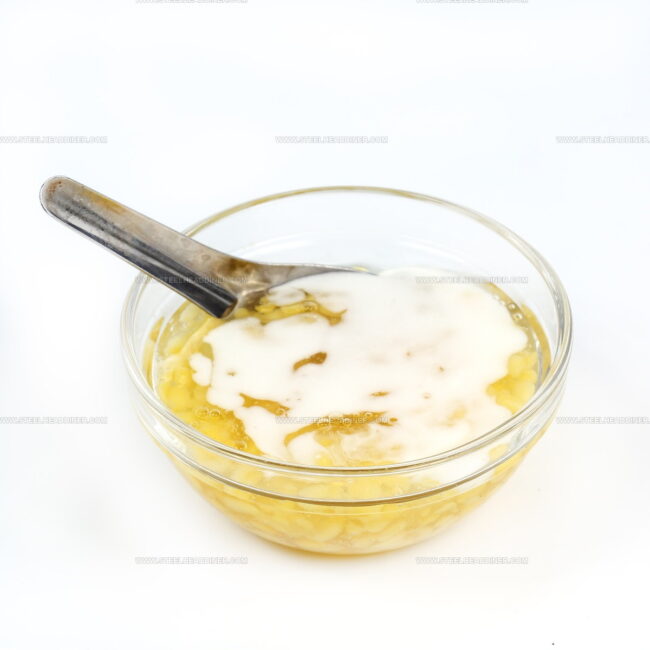
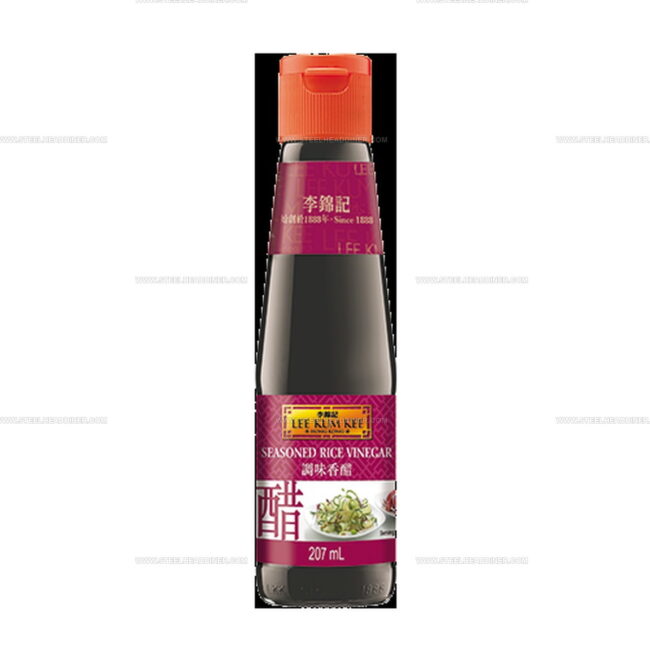
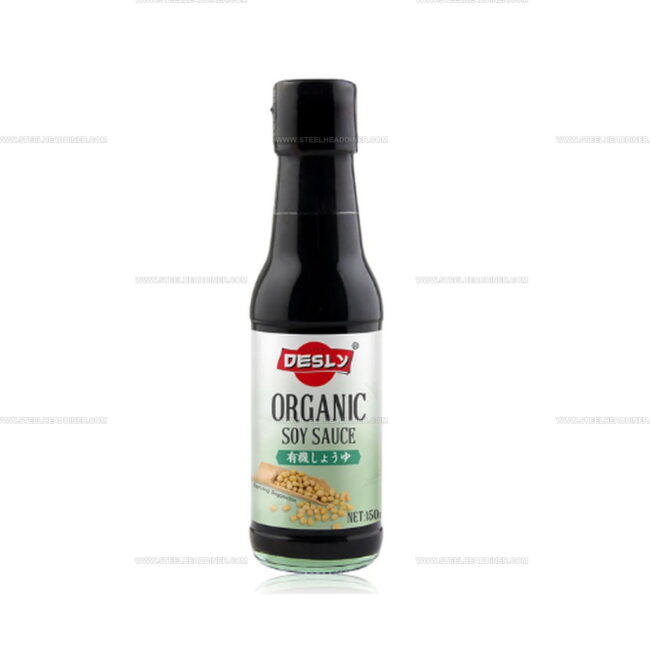

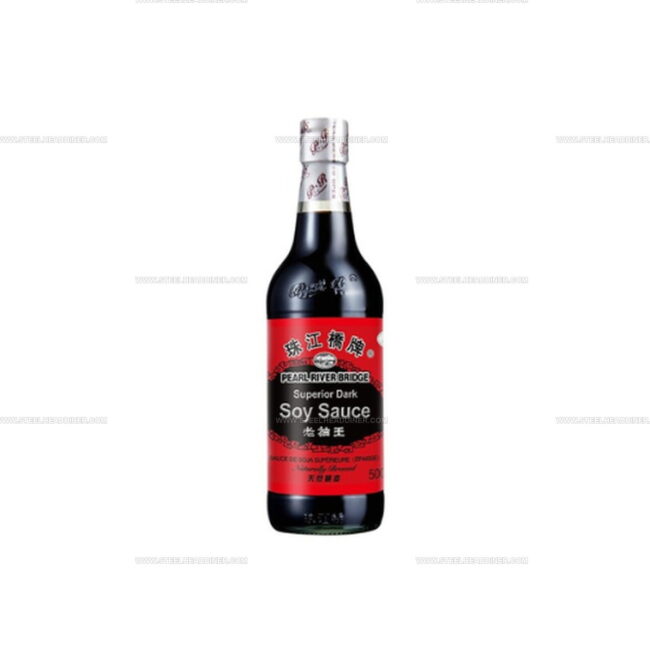
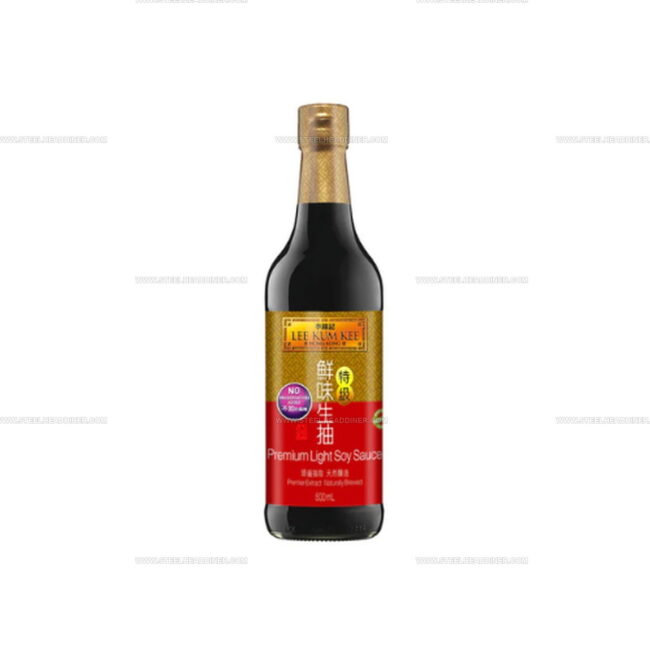
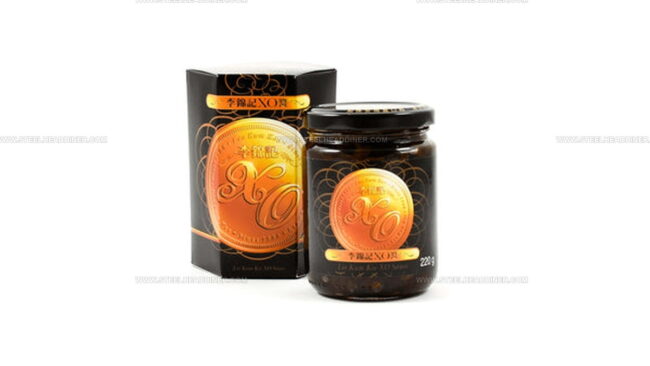
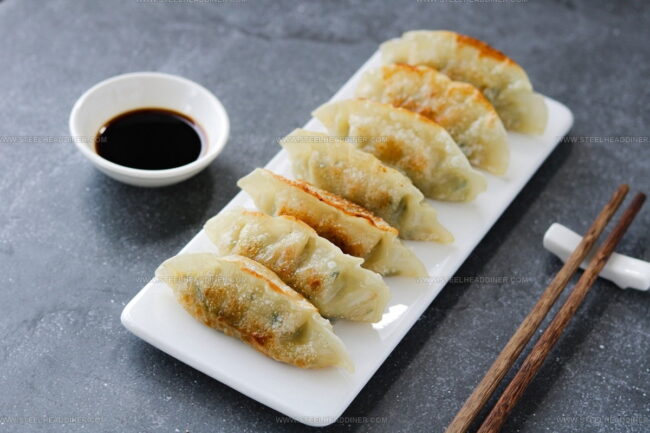
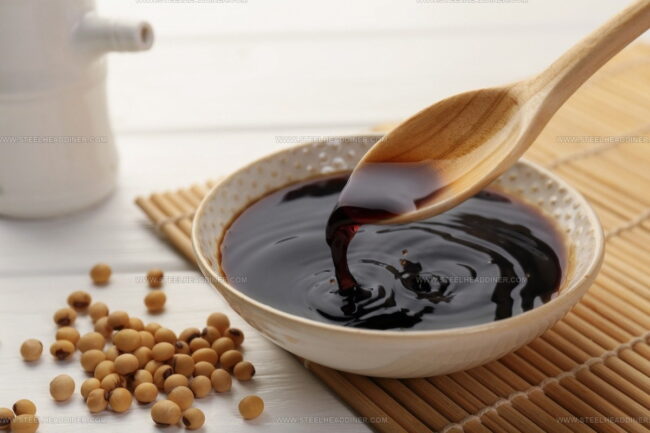
Jack Monroe
Founder & Recipe Innovator
Expertise
Pacific Northwest cuisine, Single-serving recipe development, Sustainable sourcing and cooking, Modern comfort food
Education
Brightwater
Associate of Applied Science in Culinary Arts
Focus: Sustainable cooking, seasonal ingredients, and food systems education
Jack grew up with a fishing rod in one hand and a cast-iron skillet in the other. After graduating from Brightwater: A Center for the Study of Food, he set out to prove that cooking for one could still taste like a feast.
Jack believes that food should feel real: fresh, fearless, and a little wild, just like the rivers he grew up around. For Jack, every single dish is a small adventure, and the best ones are the ones you can cook with heart, not hassle.